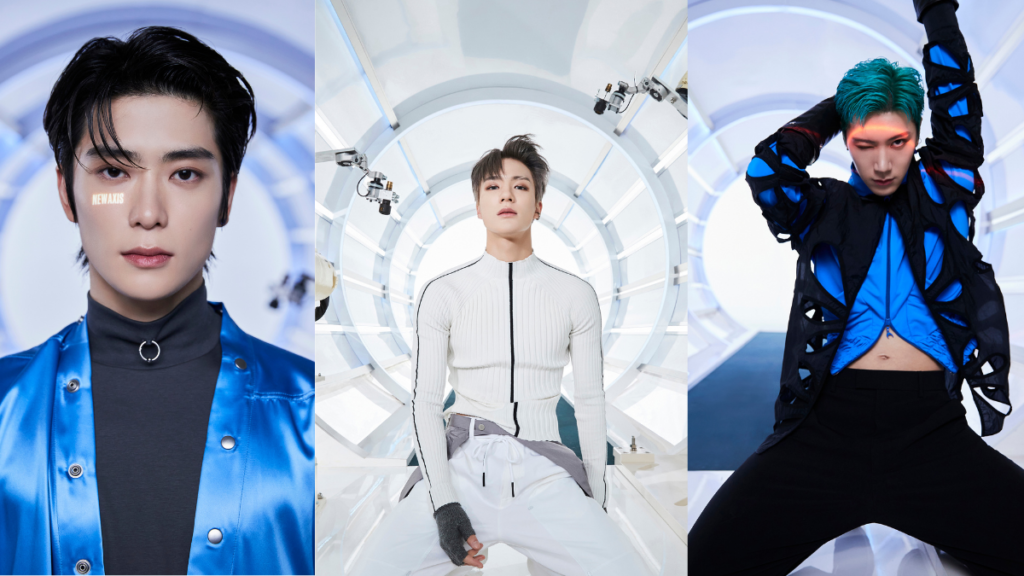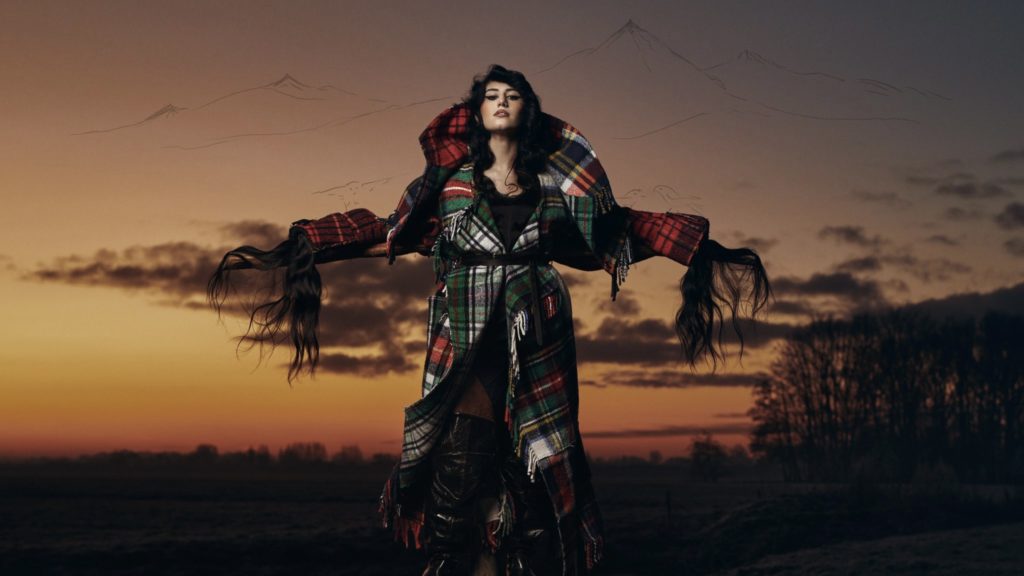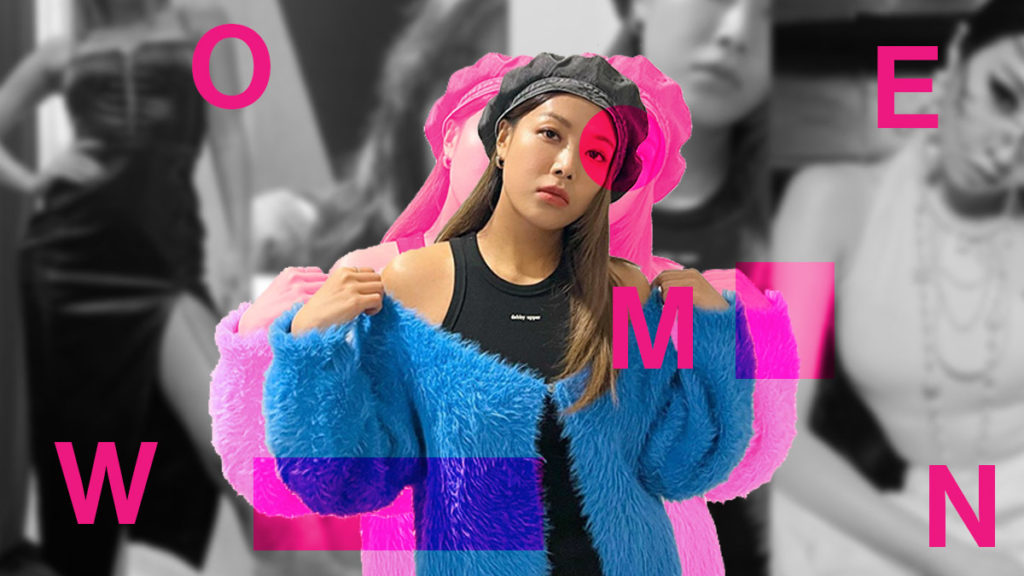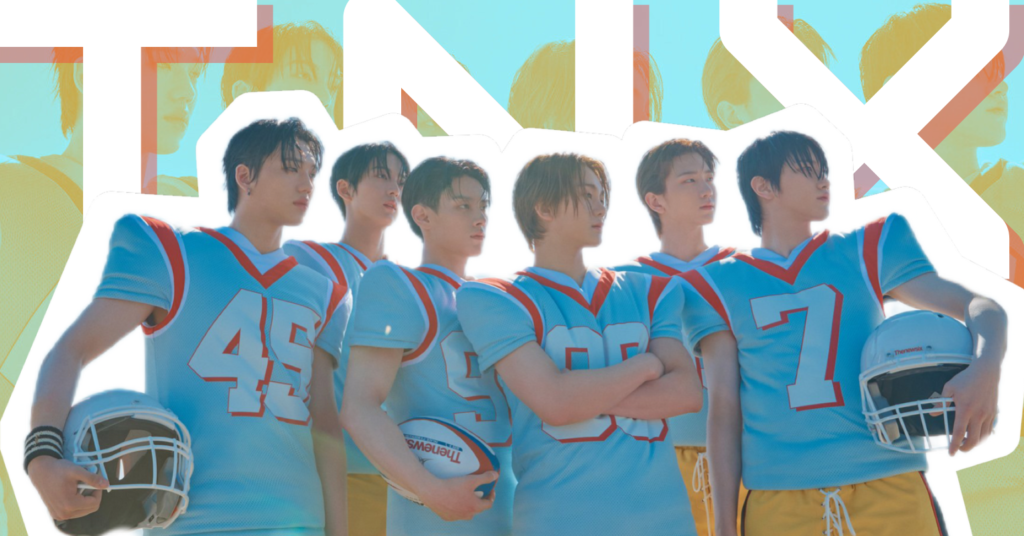Aging—Like Milk or Fine Wine? Unspoken K-pop Expiration Dates
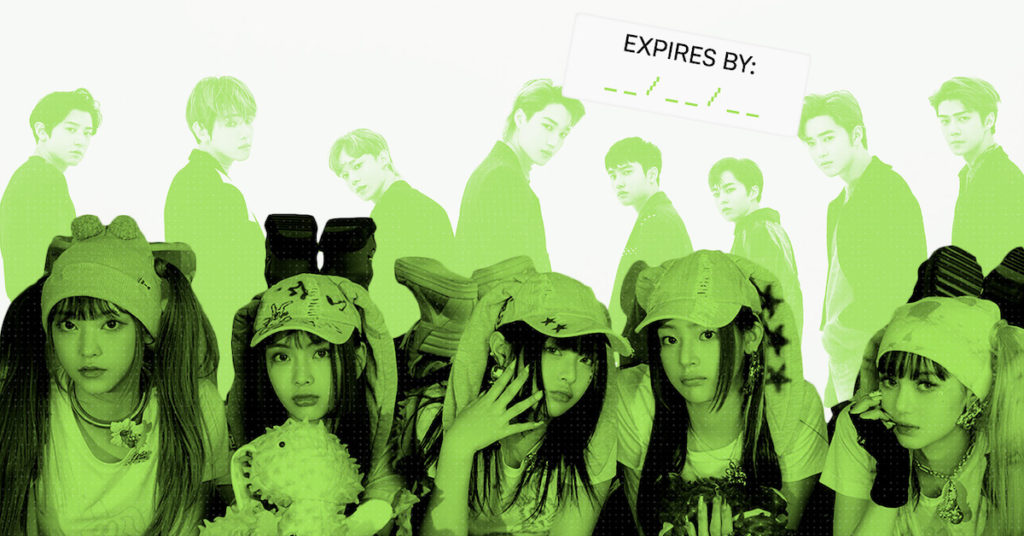
What We Talkin’ Bout is EnVi’s op-ed series that tackles serious social and cultural topics in an up-close and personal way. Each WWTB goes beyond just opinions to provide in-depth breakdowns of relevant issues that matter to us most.
The K-pop industry is undoubtedly shaped by innovation. There is never a shortage of newness in the Hallyu world. This is seen in the countless new debuts each year, technologically advanced production methods, and experimental trends that come, go, and stay.
While this demand for newness paves the way for innovation and creativity, it inevitably causes a subconscious rejection of what’s considered “old” or “seasoned.” This manifests from stanning and dropping groups in short cycles to viewing idols as “too old” for the industry.
Most examples are minor and mundane, but the growing association of “agedness” with outdatedness can be harmful to the industry in the long run. Innovation can be a double-edged sword – EnVi dives into its potential drawbacks by asking: why do people treat K-pop as a product with a final expiration date?
Age-Old Debates
There are many important dates and times in the K-pop world. Before we dive into the supposed “expiration dates,” let’s take a look at the very start: debut dates. Debuts are highly anticipated events naturally surrounded by a lot of buzz. A usual topic of conversation is idols’ ages when they are first publicly introduced. The most buzzworthy conversations are reserved for those on either extremes of the age spectrum.
There tends to be widespread online shock when fan communities learn that teens aged 13-15 are debuting as idols. Despite the initial backlash, these idols are ultimately welcomed and well-liked by fans. The reality is that idols debuting young is a tale as old as the K-pop industry itself. Even beyond K-pop, the entertainment industry is known for having young acts in the spotlight, for better or worse. As K-pop continues to gain traction and recognition on a global scale, it comes as no surprise that the youth hope to join the industry as soon as possible.
Debuting at a young age isn’t inherently a bad thing, especially considering K-pop often targets more youthful audiences. Couple this with the industry’s love for newness and innovation, and it becomes clearer why it’s difficult to impose stricter regulations on debut ages. However, it’s clear that these debuts are controversial. Entertainment industries are known for their excruciating demands and gray areas that hinder young people from being protected as employees. Moreover, the fact that these debuts are growing to be the norm rather than the exception plays a part in normalizing and aggravating an existing problem in K-pop: ageism.
Their Youth is Yours
The prevalence, amidst apprehension, of young debuts then makes its antithesis surprising. K-pop idols debuting in their 20s are considered to have debuted at a later age than usual, and the way this is perceived as out of the ordinary comes as no surprise. At best, the mass reaction is dominated by surprise. At worst, hate from anti-fans and trolls becomes overwhelming. Older idols are on the receiving end of age-related insults (e.g. the term “hag”), and for female idols in particular, being 30 is seen as past their prime.
Regardless, intense reactions towards idols debuting at older ages are interesting, given the shock that already comes with extremely young debuts. While there are idols who have transcended ageist biases and continue to succeed in the cut-throat industry, ageism in K-pop does not falter, as it’s present in fandom spaces, too.
K-pop often targets young audiences, but adults enjoy K-pop as well. There’s a sizable market of older fans more capable of showing their purchasing power, which matters a lot in the saturated industry. Some may coo at stories of grandparents bopping to viral K-pop hits, but others pick fights with K-pop fans aged above 25, saying that they’re too old for the hobby and are even borderline creepy for even listening to teenage groups.
This brings us to an age-old question: can we outgrow hobbies? Put simply, the answer more closely resembles a “no” than a “yes,” but there are some things to keep in mind. The beauty of K-pop lies in its immense variety: while many groups carry fresh and youthful concepts, there are also idols who exude more mature vibes appropriate for fans aged 21+, such as the remaining active second and third generation groups.
However, as more idols debut in their early teens, K-pop fans should be conscious of the boundaries they set. It’s completely fine to listen to the music of much younger groups, but generally, it’s necessary to understand that “stanning” these young idols in the way younger, same-aged fans would can raise eyebrows.
Out with the Old…and the New?
Agedness being associated with outdatedness in K-pop goes beyond idols’ and fans’ ages. Seniority is a big deal—both in K-pop and Korean culture at large. With that said, one should expect a lot of conversations among fans about group and idol seniority, maturity, and the state of reaching or passing their primes. A key example would be the notorious “seven-year curse.” The seven-year curse refers to the inactivity or disbandment of an idol group seven years after their debut, as idol contracts are typically that long.
Not all groups formally disband after seven years. Many groups become inactive, with idols pursuing individual endeavors, such as acting, entrepreneurship, and solo music careers. Naturally, successful groups get past their prime, and while they’ll have loyal fans to stay tuned to their work, many will move on to younger, fresher acts.
These days, fans move on quickly from group to group. With the meteoric rise of numerous fourth generation girl groups in the industry this year, experiences and interactions in fandom spaces like Twitter have seen chunks of fandoms migrating from group to group. The fourth generation is still fairly young, age- and seniority-wise, but the immense amount of debuts makes it feel longer and more divided than it truly is. Groups that debuted in 2018 and 2022 are considered part of the fourth generation, but there’s a significantly higher level of seniority found in the former, and both eras have differing concepts and musical genres.
For example, early fourth-gen groups are recognized for their distinctive “noise music”—songs that have their foundation on clattering and bombastic sounds. With newer debuts, especially in the girl group scene, there seems to be a return to more easy listening pop songs. While the variety is appreciated and changing trends are to be expected, this set-up has made K-pop groups feel more replaceable. Due to the large number of debuts in short periods of time, some people point out that girl groups are being swapped out and thrown under the bus for the shiniest, newest acts.
One day, spaces like Stan Twitter and TikTok can hype a girl group up only to say that the same group is overhyped or untalented. This harsh cycle compares to fast fashion, where trends become fads and fads are guiltlessly disposed of. At worst, this kills fandom reliability and fosters fandom toxicity.
Ending Eras
Beyond seven-year curses and group replaceability, “expiration dates” also seem to exist for individual idols. Avid boy group fans dread their members’ enlistment periods, as these are seen as prolonged hiatuses. On average, a boy group will need about 3-7 years for every member to complete their mandatory conscription, so fans won’t be able to see their favorite groups complete for a while.
Female idols don’t have to go through mandatory enlistment, but fans of theirs have half-jokingly coined the term “actress disease,” which is their equivalent of a prolonged hiatus. The actress disease happens when a female idol ventures into acting in TV dramas/movies to the point that they no longer have time to promote as an idol with music-related activities. This is seen as an “expiry date” as it seems to mark the end of a female idol’s idol career even as it signals the beginning of a new era as well.
On that note, all groups and trends are bound to age. However, these natural occurrences are treated as something to fear rather than something normal and expected, which should not be the case. In a fast-paced, innovative industry like K-pop, there’s definitely no need to fear newness and saturation, but innovation should become more sustainable.
This entails a healthier approach to stanning groups: when a new group or generation arrives, past acts should not be looked down on and instead respected for their impact. After all, the past shapes the present and the future, so to be truly future-forward, one must first honor the legacies that brought us to where we are and will bring us to where we’ll be heading to next.
Interested in more K-pop content? Read about MOONBIN&SANHA’s new release here!
